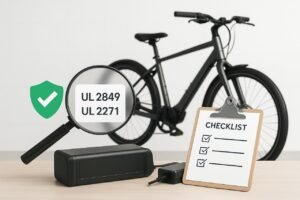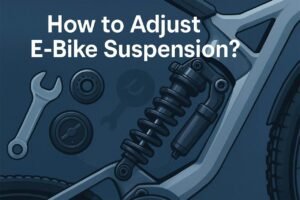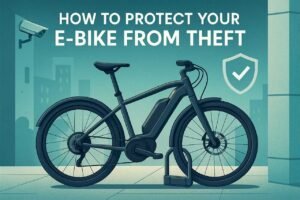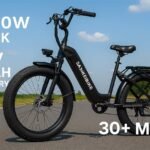Enjoy your ride, every day counts!

How to Check If Your E-Bike and Battery Are UL-Certified? (No Magnifying Glass Needed!)
Confirm a UL-certified e-bike and battery—what labels to find, how to use UL Product iQ, NYC rules, red-flag checks, and step-by-step proof you can trust.

![[year] E-Bike Rebates & Incentives: US, Canada, UK & EU (Updated Guide) 2025 E-Bike Rebates Explained: Where to Apply and How to Max Your Savings](https://goebikelife.com/wp-content/uploads/2025/09/E-Bike-Rebates-Explained-300x200.jpg)













